Lotus cancels plans to go all-electric as the company now confirms that it will embrace hybrid and extended-range EVs to help compensate for slowing EV demand.
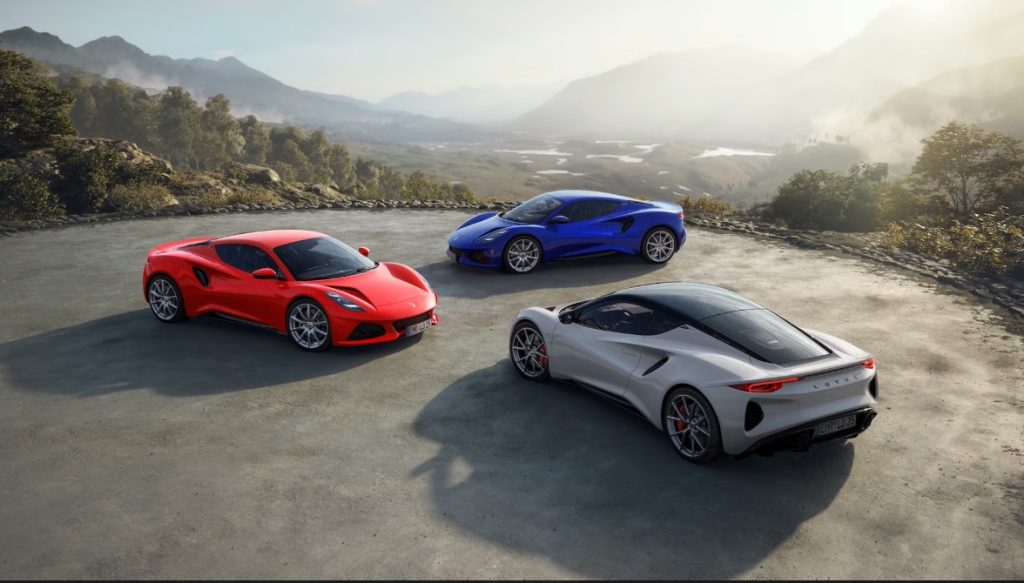
Lotus confirmed that it has canceled plans to go all-electric eliminating a prior plan that would’ve seen it embrace an all-electric lineup by 2028.
Lotus made waves when the British sports car maker confirmed that it was moving away from its established past as an ICE vehicle maker and that it would focus all of its efforts on electrification with the company’s future models being fully electrified. The Eletre SUV and the Emeya were the first two phases of this plan in action but the company has not been immune to the effects of slowing EV demand.
The company is now taking action and confirms that it’s not only canceling its plan of going all-electric by 2028, but that it will also be putting a stronger focus on hybrid and extended-range electric vehicle offerings in an attempt to diversify its performance vehicle lineup and preserving its sales figures at the same time.
Lotus’s shift was a matter of necessity
The confirmation of this shift in direction came at the Guangzhou Motor Show in China where the company revealed that it was canceling the plan for an all-electric lineup. CEO Feng Qingfeng revealed that the company will instead make hybrid vehicles but not just any hybrids with the exec saying that they will be “Super Hybrids” that combine the latest in fast-charging technology with turbocharged engines to be able to go up to 680 miles between stops.
“At Lotus, we have always chosen the best power technology available, whether it’s pure gasoline, pure electric, hybrid or range-extended [EV],” Feng told the Wall Street Journal in an interview. Qingfeng also claimed that the perceived benefits of EVs were less obvious when they are in the luxury car segment saying “Luxury car engines are already very powerful, and the driving experience is quite similar, with eight-cylinder and 12-cylinder engines performing well.” Feng even revealed that the reason why he resisted PHEV offerings for Lotus is because of the unwelcome compromises that they bring to the table including extra weight, only having the gasoline engine kick in when the battery is dead, and some of the challenges that come with power delivery. The solution Lotus is proposing is to create a system where the ICE engine can charge the battery quicker than other current production vehicles and attempt to make the system as balanced as possible with the gasoline engine not being the sole power source most of the time.
More EV Stories
- Ford Revises EV Plans, Dumps 3-Row SUV, Delays Next-Gen Pickup
- Scout Makes its Debut — But Buyers Are in for a Long Wait
- Trump’s Second Term Presents Opportunities, Poses Risk to Auto Industry, Says Top Toyota Exec
Firm’s move part of a broader industry shift into hybrids
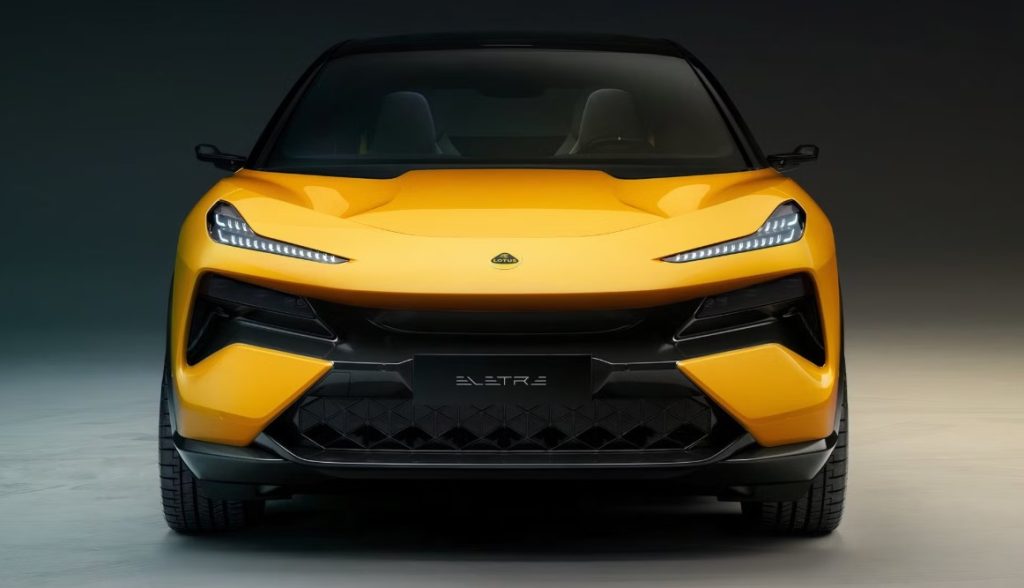
Lotus’s move comes as other companies are also changing their approach to EVs and adding hybrids of their own.
While Lotus’s decision to switch its priorities could easily be written off as a small automaker attempting to preserve its sales numbers, Several much bigger auto companies have also decided to add more hybrid and PHEV models into their lineups while also altering their own electrification plans. Ford is a notable example of this with the company confirming some time ago that it’s expanding the amount of hybrid models that it will sell over the next few years as the company struggles with sluggish sales for EVs like the Mustang Mach-E and the Ford F-150 Lightning. General Motors is also embarking on a similar reset with the company also planning to produce a new crop of hybrid vehicles to counteract slowing demand in EVs.
In the meantime, Lotus will still have several EV models for customers to buy. In addition to the Eletre and the Emeya, Lotus also offers the Evija hypercar, a 2,011 horsepower electric supercar which was supposed to be the flagship of Lotus’s EV family. The Emira will still be around too and was supposed to be the last ICE-powered Lotus model before the company’s abrupt shift.

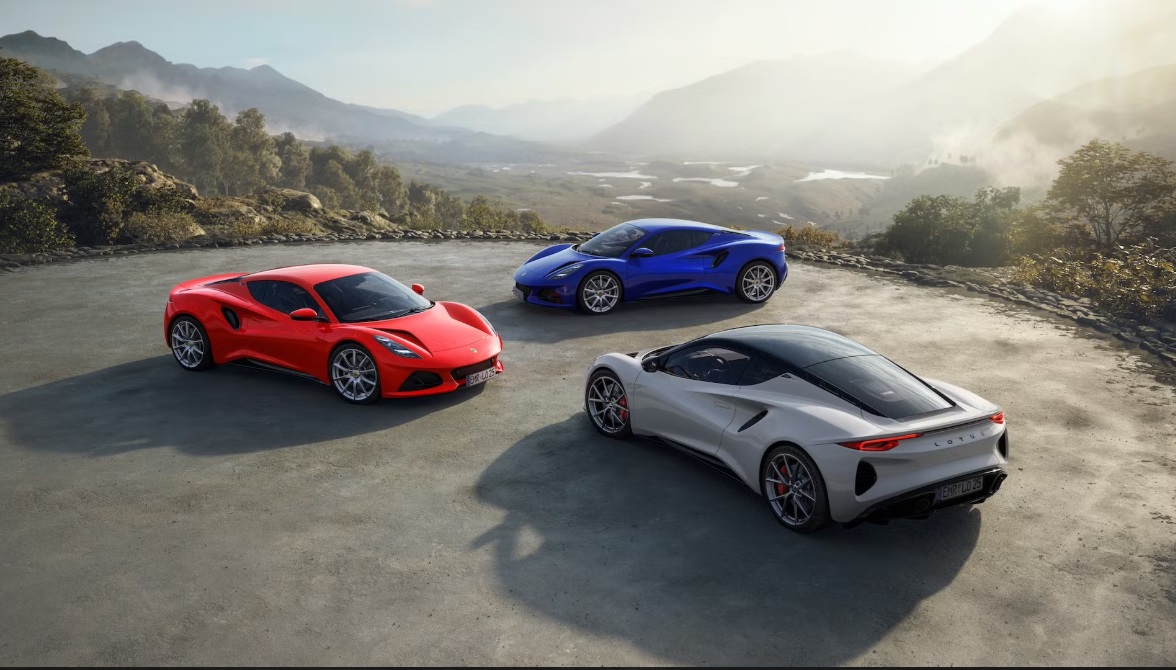
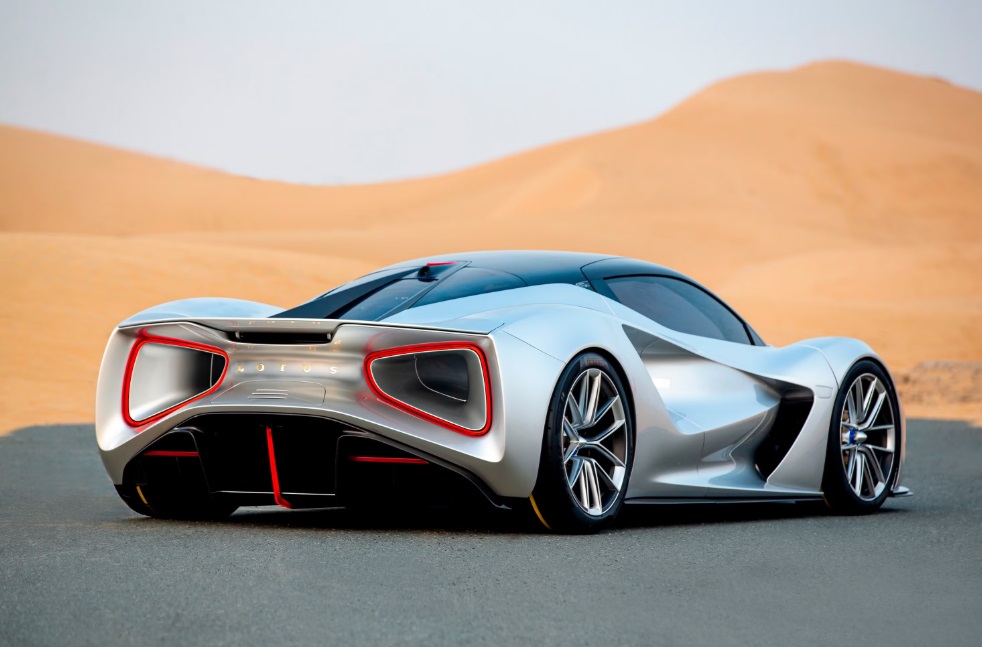
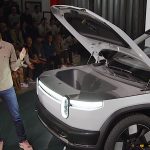



0 Comments